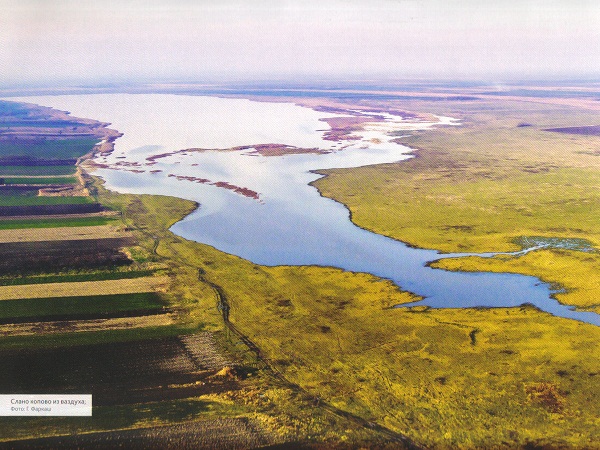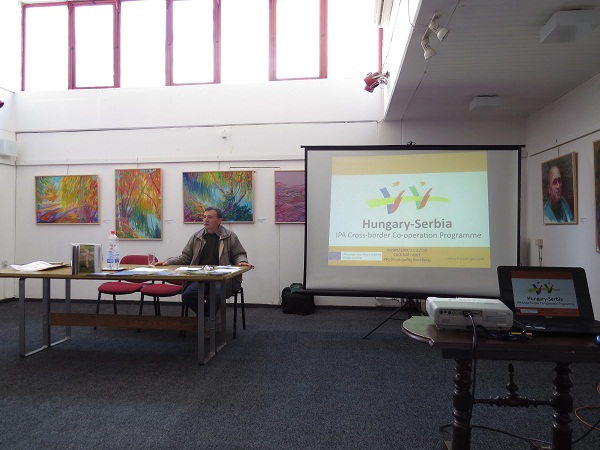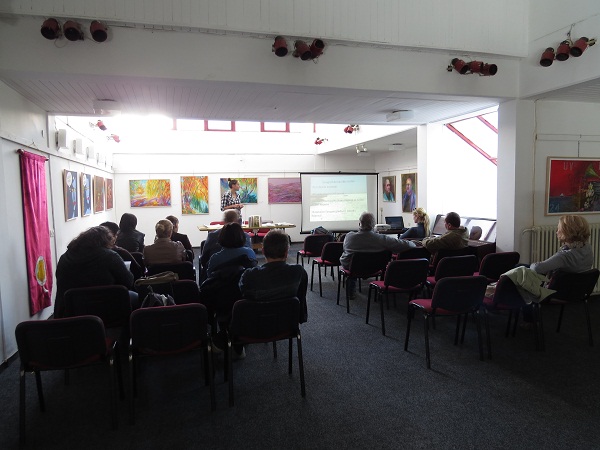Workshop with the theme "Connecting protected areas and tourism organizations in the Tisa river area" in order to create a common "eco" offers was held on Saturday, 19th October 2013 in Novi Bečej.
The workshop was held as part of the international project "Discovering a forgotten cultural and natural heritage of the Hungarian-Serbian border region" (CULT-NAT-Herit) lead by local community of Novi Bečej together with partners from Hungary.
The workshop was attended by representatives of protected areas, representatives of tourism organizations from surrounding municipalities, as well as various experts in the field of geography, turisam and ecology. The program is led by the "Hunting Club Novi Bečej", which is the manager of a Special Nature Reserve "Slano kopovo".
At the beginning of the program , participants had the opportunity to visit the SNR "Slano kopovo" and see the natural values that it owns. Slano kopovo represents one of the last surviving swamps on the salty marsh in Serbia. It was created by the action of the Tisa river, which in the past often changed its course, and flooded the surrounding valleys. It is specific with the Pannonian unique ecosystems, typical with the salt, mud ponds (lakes, territorial waters) and their occasional dried parts. Slano kopovo represents habitat for species characteristic for the Pontic - Caspian shores and the sea. Also, this is a unique resting place for migratory bird species. Since it is near the Tisa , the species that fly by its course and the forest belt are happy to land on this wide, open water surface. Salt Kopovo is suitable for cranes, ducks, geese, woodcocks, as well as swordfish birds. There are 203 species of birds recorded in the area of Slano kopovo, which is 63% of the known species in Vojvodina.

After the walk, the program continued in the Cultural Center Novi Bečej, where we discussed the linking protected areas and tourism organizations.
During the discussion, the need to define a quality offer that would attract tourists from nearby places was highlighted. It should be different, depending on the target group and should have educational character.
To begin with, we should co-operate with elemenatry schools and allow children to enjoy the natural values of protected areas.





